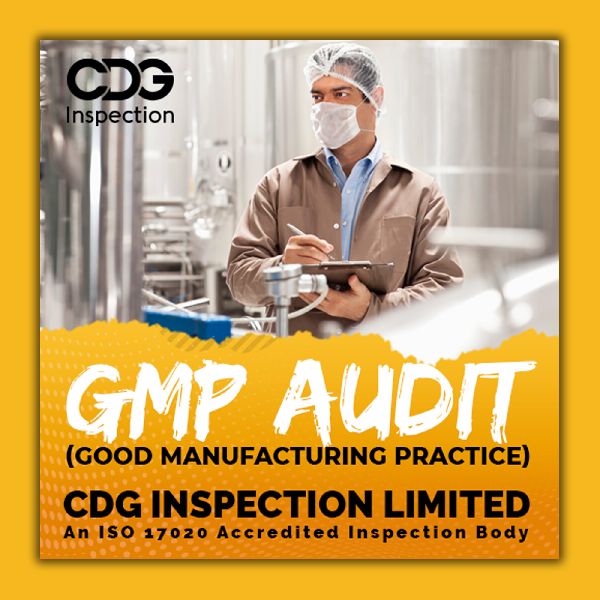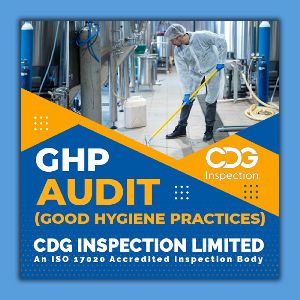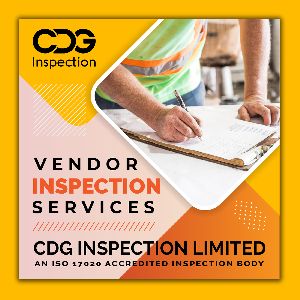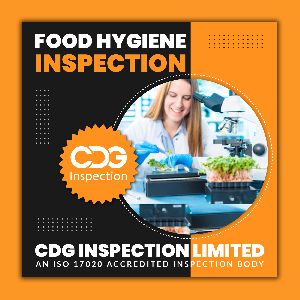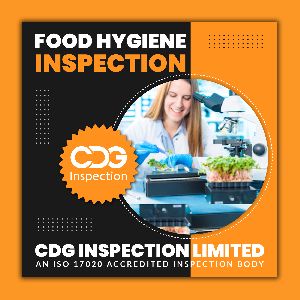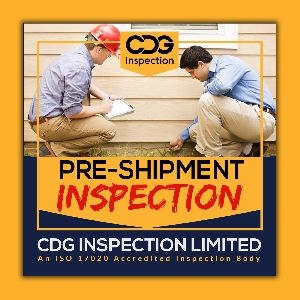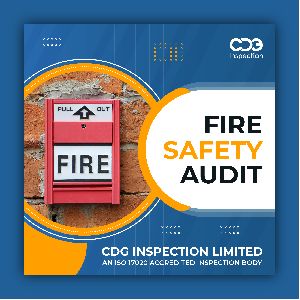Manesar, Gurugram, Haryana
- GST NO. : 06AAFCC0655B1Z8
View Mobile Number
Understanding and implementing good manufacturing practices (GMPs) in a food manufacturing facility will help to prevent situations that could lead to customer illness and or even death
So let's talk about GMPs
The GMPs or good manufacturing practices are practices that help to ensure food is produced in a clean and safe environment
GMPs are practices to obtain safe and quality products and what is considered a safe product
A safe product is a product that is not going to cause any harm to the consumers when the food is prepared and or eaten according to its intended use
Now what we have here is a complete list of the current good manufacturing practices required in a food manufacturing facility
Today we will only be focusing on the GMP's rules that are within your control to manage, personnel practices, and general requirements
- Personal hygiene
- Clothing and personal equipment personnel practices
- Disease control
- Cleaning and sanitation and pest control
GMPs are the foundation of the food safety management system. GMPs are the basics we need to know and perform to keep food products free of adulteration. Good manufacturing practices aim to protect the product from any microbial chemical or physical hazards that may cause it to become unsafe or unfit for the purpose
The GMPs are mandatory for everyone working in a food manufacturing facility. It’s everyone's responsibility to guarantee that products are produced in a clean and safe environment to prevent contamination of the food
All employees, contractors, and visitors will need to comply with GMPs
Okay let's talk about the personal hygiene
Germs are present on human skin, hair, under fingernails, dirty clothes, and in the mouth and nose. The company's personal hygiene practices are an important way to reduce the risk of contamination; as I mentioned before whether employee or not, everyone should comply with the following practices that help to minimize bacterial contamination
- Daily showers or bathing
- Change into clean clothes
- Trim and clean fingernails
- Shave or wash the beard and wear a mask, and have a good dental hygiene
- The hands are the major source of contact between food and food industry workers
Employees shall keep their work area and equipment always clean and sanitized. Areas such as florist drain walls, table tools, and conveyors. Only approved chemicals and approved cleaning tools should be used and always place utensils and chemicals in their designated area
All chemical products sanitizers, cleaners, lubricants, and solvents shall have a label that identifies the content in the container. It is not acceptable to have containers without a label and make sure to keep updated SDS on file
Pests are a source of both microbial and physical contamination. It’s the employee's responsibility to ensure all doors remain shut when not in use
Any signs of pest activity must be reported to the supervisor. Information about pest citing will be passed on to the pest control contractor
If all the practices we talked about are not well implemented it can cause outbreaks and get people very sick and die and the company can face legal consequences including costly fines and if the outbreak has a devastating effect, possible shutdown
Looking for "GMP Audit Services" ?
Explore More Services


